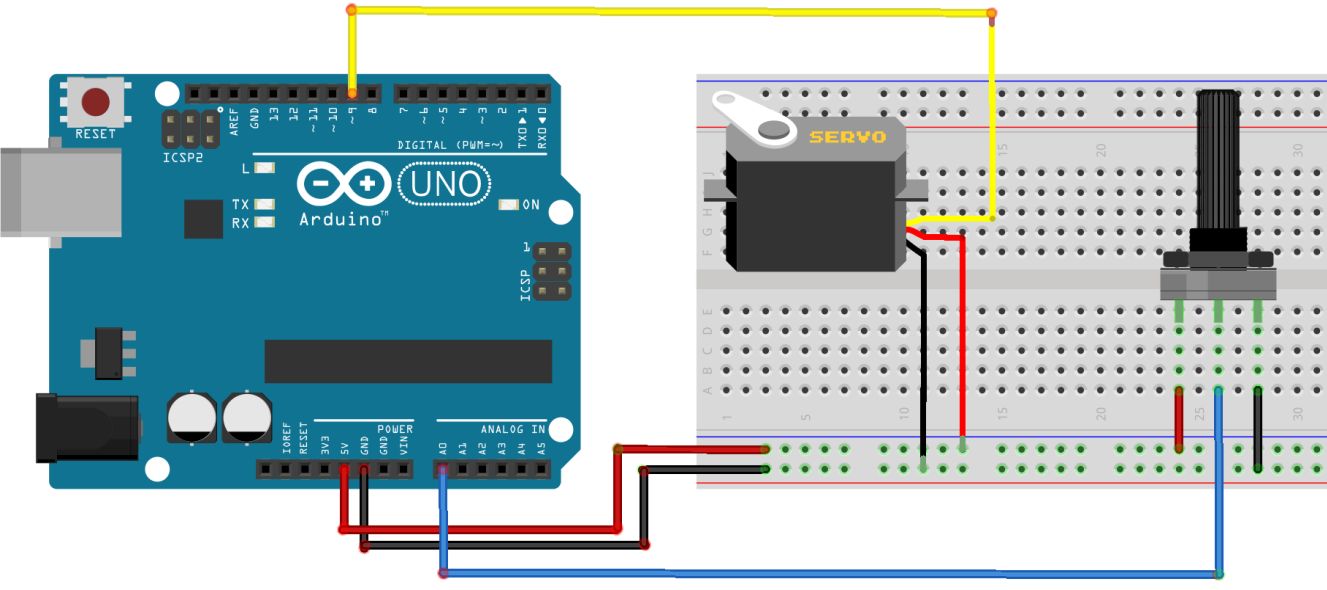

Internally there are a number of ways to design a stepper motor, such as Variable Reluctance, Permanent Magnet, and Hybrid stepper motors. This is done by controlling the ratio of the current applied to both coils to attract the motor shaft to a position between the coils but closer to one coil than the other.īy using microstepping it is possible to move the shaft of a stepper motor a fraction of a degree, allowing for extremely precise positioning. The principle can be extended to include quarter steps, eight steps, and even sixteenth steps. This causes the motor shaft to lock into place halfway between the two coils. In this illustration, the current has been applied to BOTH coils in an equal amount. In order to understand how microstepping works look at the next diagram: It is, however, possible to move the motor shaft into positions between steps. We have seen how the motor shaft moves to lock itself into place in front of an attracting electromagnet, each magnet represents one step. The diagrams are simplified for clarity). The jump between the two positions is one step (in this illustration a step is 90 degrees, in actual fact, a stepper motor usually steps just a fraction of this. The shaft is attracted to the second coil and locks into place there. Now look what happens when the electricity is removed from the top coil and applied to the other coil. The magnetized shaft is attracted to this coil and then locks into place. In the first diagram the coil at the top is energized by applying electricity in the polarity shown. Despite the number of coils electrically there really are usually only two coils in a stepper motor, divided into a number of small coils.īy precisely controlling the current in the coils the motor shaft can be made to move in discrete steps, as illustrated in the following diagrams: Stepper motors have a magnetized geared core that is surrounded by a number of coils that act as electromagnets. They also pack a lot of torque into a comparably small package. In many applications a servo is first moved to a “homing” or reference position before being controlled, printers commonly do this when they are first initialized.īecause the move in discrete steps a stepper motor is not often used where a smooth continuous rotation is required, However with the use of gearing and microstepping they can approach a smooth rotation and their ability to be very accurately positioned often outweighs the roughness of their movement.Īnother advantage stepper motors have over DC motors is the ability to move art very slow speeds without stalling, in fact, stalling really isn’t a concept with stepper motors. They can be moved to an exact position in reference to where they start stepping (i.e 36 degrees clockwise) but unlike servos they can be misaligned if their shaft is moved by an external force. Steppers, on the other hand, are “unaware” of their position. A servo motor is “aware” of its position and can be moved to a specific angle even if an external force moves the motor shaft.
#PROGRAMA SERVO MOTOR ARDUINO FULL#
A servo motor is unique in that it’s motor shaft can be moved to a precise angle, most servos only rotate 180 or 270 degrees although there are modified servos that can spin a full 360 degrees. Some users confuse stepper motors with servo motors but they are actually two different beasts.

Each pulse advances the motor by one step or by a fraction of a step, the latter is known as “microstepping” and will be explained shortly. Unlike DC motors stepper motors are controlled by applying pulses of DC electricity to their internal coils. If your digital camera has an autofocus or remote zoom feature chances are a stepper motor is being employed to do that.

They are used in 3D printers to position the printhead correctly and in CNC machines where their precision is used to position the cutting head. They are very useful when you need to position something very accurately. Stepper motors are DC motors that rotate in precise increments or “steps”. So follow along, I promise to take you through all of this “complex” stepper theory one step at a time! Stepper Motors In this article, I hope to dispel that myth by showing you just how easy it is to use a stepper motor with an Arduino.


 0 kommentar(er)
0 kommentar(er)
